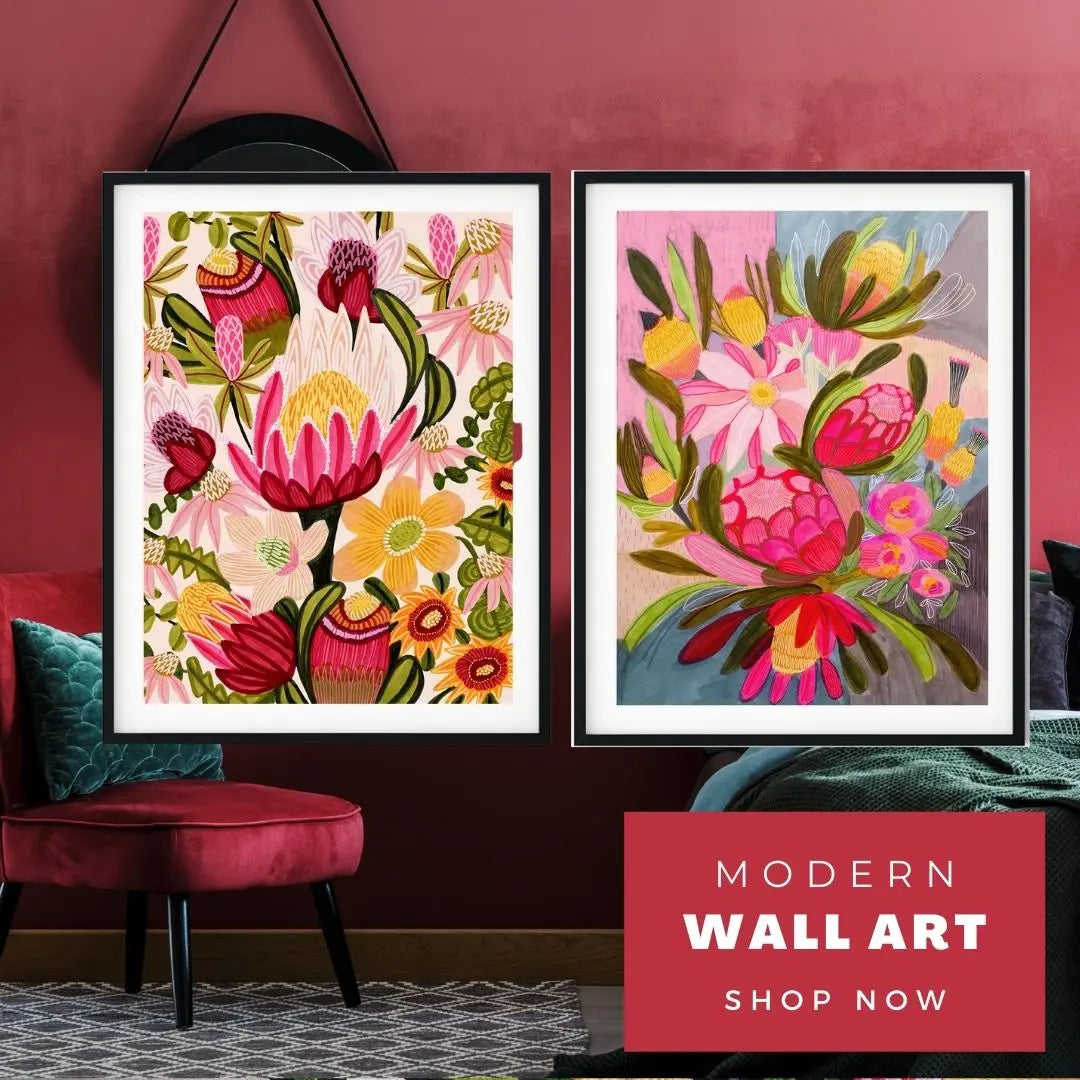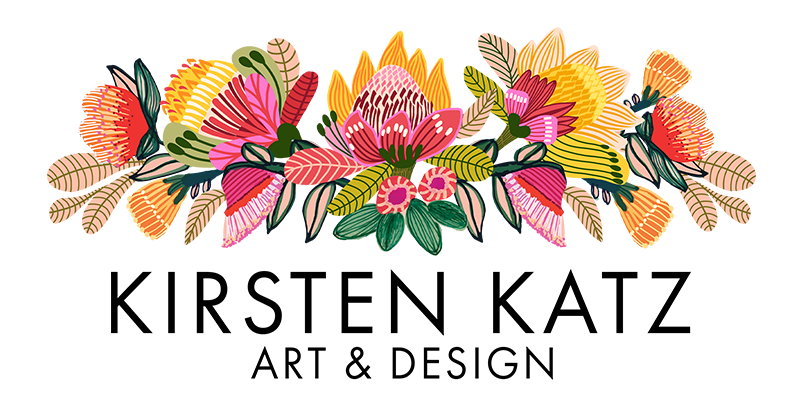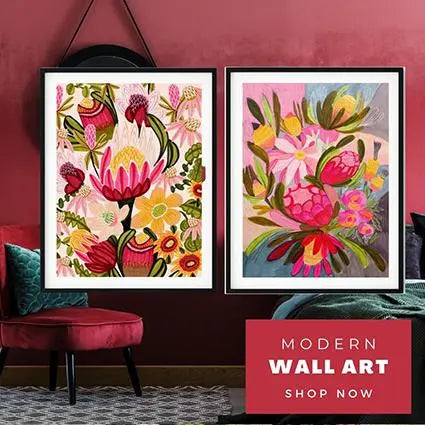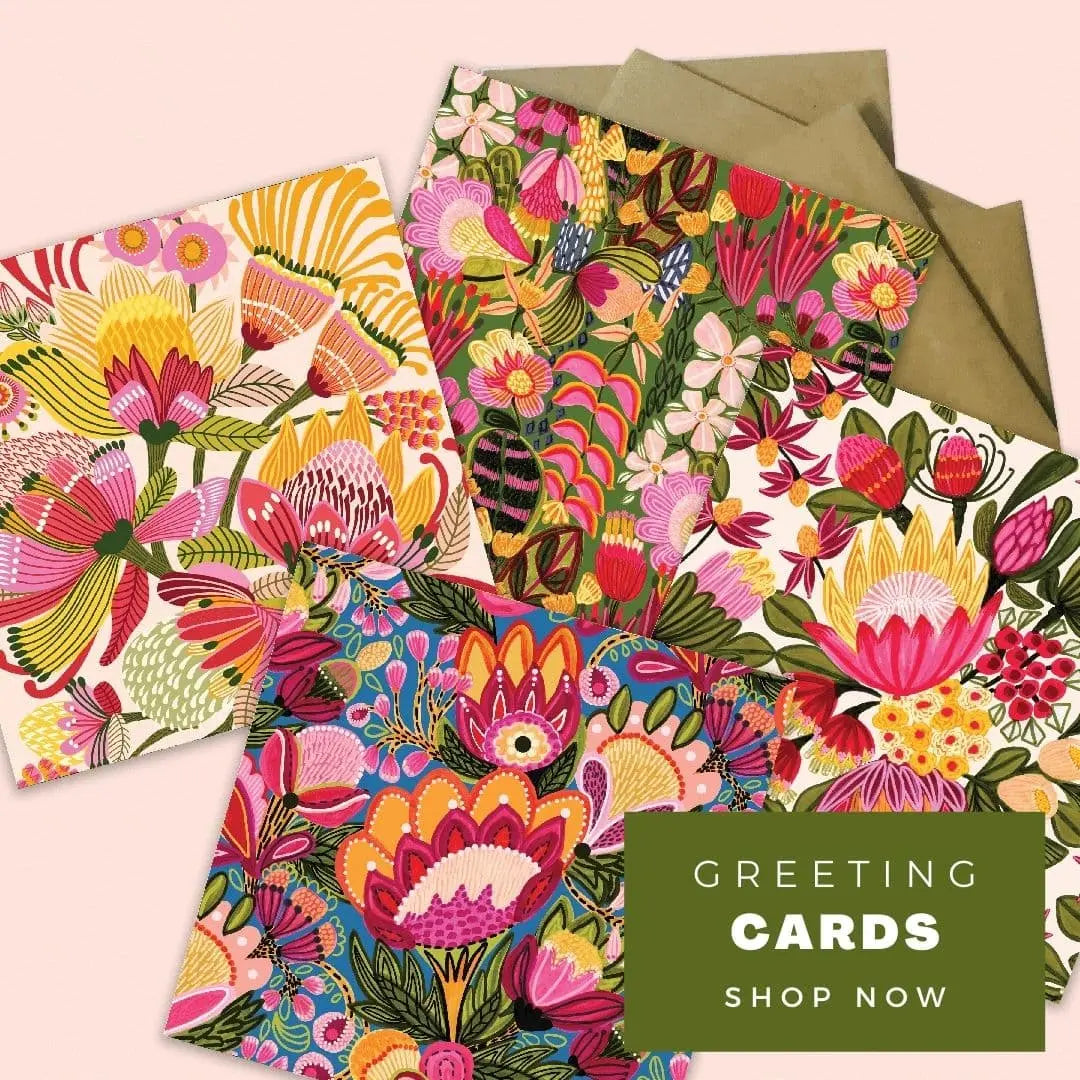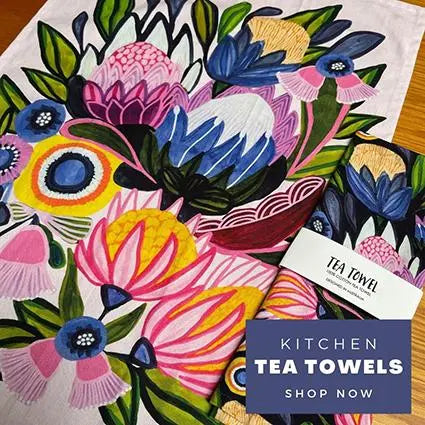Embracing the Artistic Journey
In the world of art, few words resonate as profoundly as those spoken by the great French artist Pierre-Auguste Renoir: "The more I paint, the more I like everything." This simple yet profound statement encapsulates a powerful message for artists and aspiring artists alike, offering both inspiration and guidance on their creative journeys.
Finding Joy in the Process
Renoir's words remind us of the importance of finding joy in the artistic process. As artists, it's easy to become fixated on the end result of our work, but true fulfillment often lies in the act of creation itself. Each brushstroke, every blend of colour, and every moment spent in front of the canvas is an opportunity to explore, learn, and grow. By embracing the process, artists can find a deeper appreciation for their craft and the world around them.
Continuous Learning and Exploration
This quote also reinforces the idea of continuous learning and exploration. The more an artist paints, the more they uncover about their abilities, styles, and preferences. This constant evolution is a core aspect of being an artist. Aspiring artists should be encouraged to experiment with different techniques, mediums, and subjects. Through exploration, artists develop a richer, more diverse portfolio and a more profound understanding of their artistic voice and develop their unique style.
Developing a Positive Perspective
Renoir's statement also hints at a positive perspective towards life and art. Seeing the beauty in everything and finding the good in each experience is a mindset that benefits not just artists, but everyone. This outlook encourages artists to approach their work with optimism, seeing each new piece as an opportunity to capture something unique and beautiful, no matter how mundane or ordinary it may seem.
The Power of Persistence
Importantly, Renoir’s words underscore the power of persistence. Artistic mastery doesn't happen overnight. It requires dedication, time, and a lot of painting. For those just starting out, it's crucial to stay committed to your art, even when it feels challenging or frustrating. Each painting is a step forward on your artistic journey.
Embracing Your Unique Vision
Finally, this quote encourages artists to embrace their unique vision. The world of art thrives on diversity and individual expression. Your perspective and interpretation of the world are valuable and needed. As you paint more, you develop a stronger sense of your artistic identity, which is essential in creating art that resonates with others.
Renoir’s words offer a timeless piece of advice for artists at any stage of their journey. By finding joy in the process, embracing continuous learning, maintaining a positive perspective, persisting through challenges, and embracing your unique vision, you can develop not only as an artist but as a person who sees and appreciates the beauty in everything. Let Renoir’s wisdom guide you as you paint your path in the world of art.
Hone Your Skills
Here are some ideas and painting exercises that are designed to help artists and aspiring artists develop their skills and cultivate a unique style:
-
Colour Mixing Practice
Spend time mixing different colours to understand colour relationships and create a personal colour palette. -
Copy the Masters
Choose a painting by a master artist and try to replicate it. This helps in understanding composition, colour, and technique. -
Restrict Your Palette
Limit yourself to using only two or three colours for a painting. This constraint can boost creativity and improve colour understanding. -
Experiment with Different Mediums
If you usually paint with acrylics, try oils, watercolours, or gouache. Each medium has its unique properties and challenges. -
Paint the Same Subject in Various Styles
Select a simple subject and paint it in different styles (realism, impressionism, abstract, etc.). This exercise helps in exploring and identifying your preferred style. -
Texture Exploration
Use different tools (palette knives, sponges, cloths) to create textures. Experiment with thick and thin paint applications to see the effects. -
Play with Light and Shadow
Paint a scene focusing primarily on the light and shadow play. This can enhance your understanding of value and form. -
Speed Painting
Set a timer (e.g., 30 minutes) and try to complete a painting within this time. This encourages decisiveness and intuitive painting. -
Monochromatic Painting
Create a painting using only one colour in various shades. This helps in focusing on value and composition without the distraction of colour. -
Paint from Different Perspectives
Paint a familiar subject from an unusual perspective (bird's eye view, worm's eye view, etc.) to challenge your compositional skills. -
Self-Portrait Challenge
Regularly paint self-portraits. This not only improves your skills in portraiture but also offers a way to express and explore your inner self. -
Nature Studies
Paint en plein air (outdoors) or create studies of natural objects. This helps in understanding natural light, colour, and forms.
Remember, the key to developing your skills and style is consistent practice and exploration. Each of these exercises not only hones specific skills but also helps in discovering what resonates with you as an artist.
Happy Painting, Kirsten
